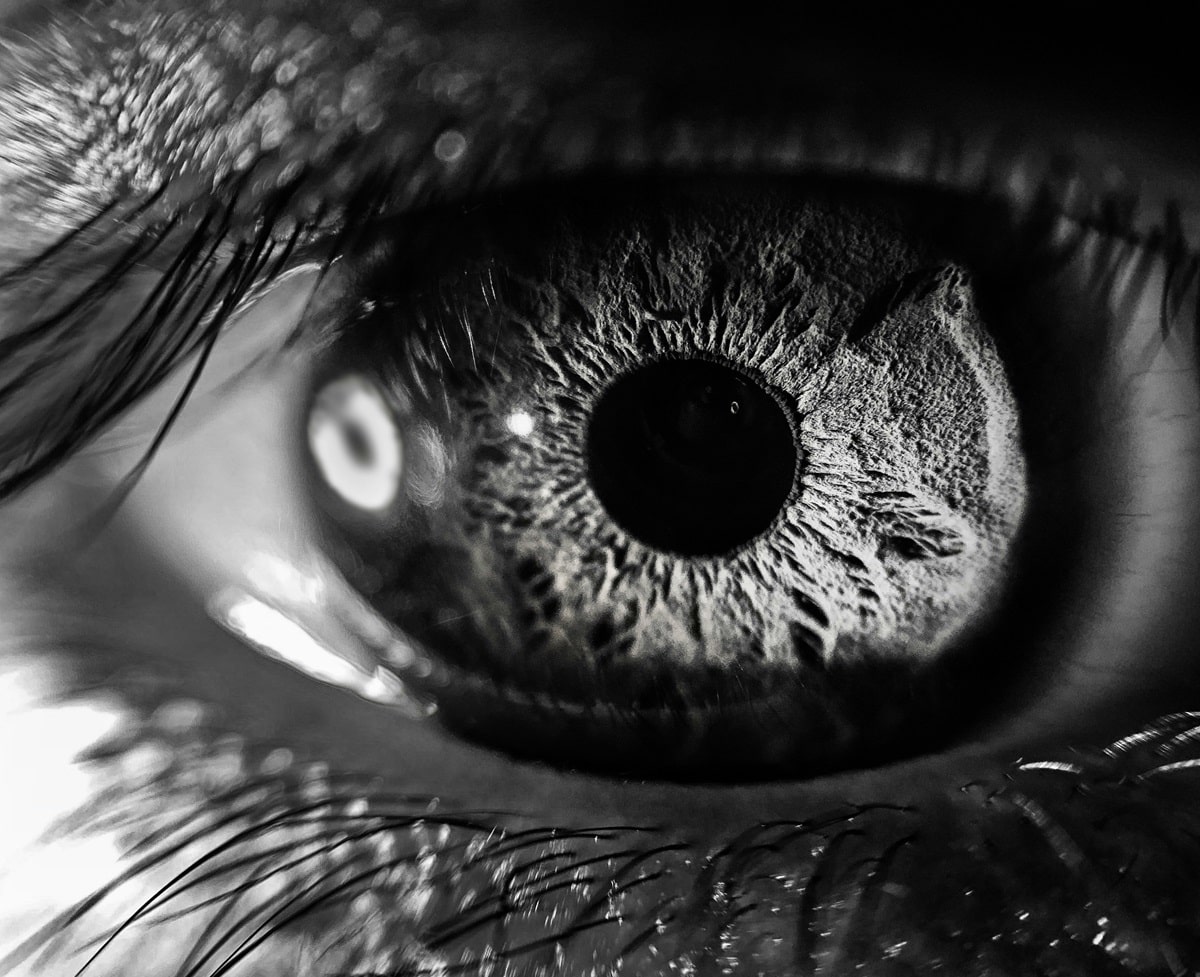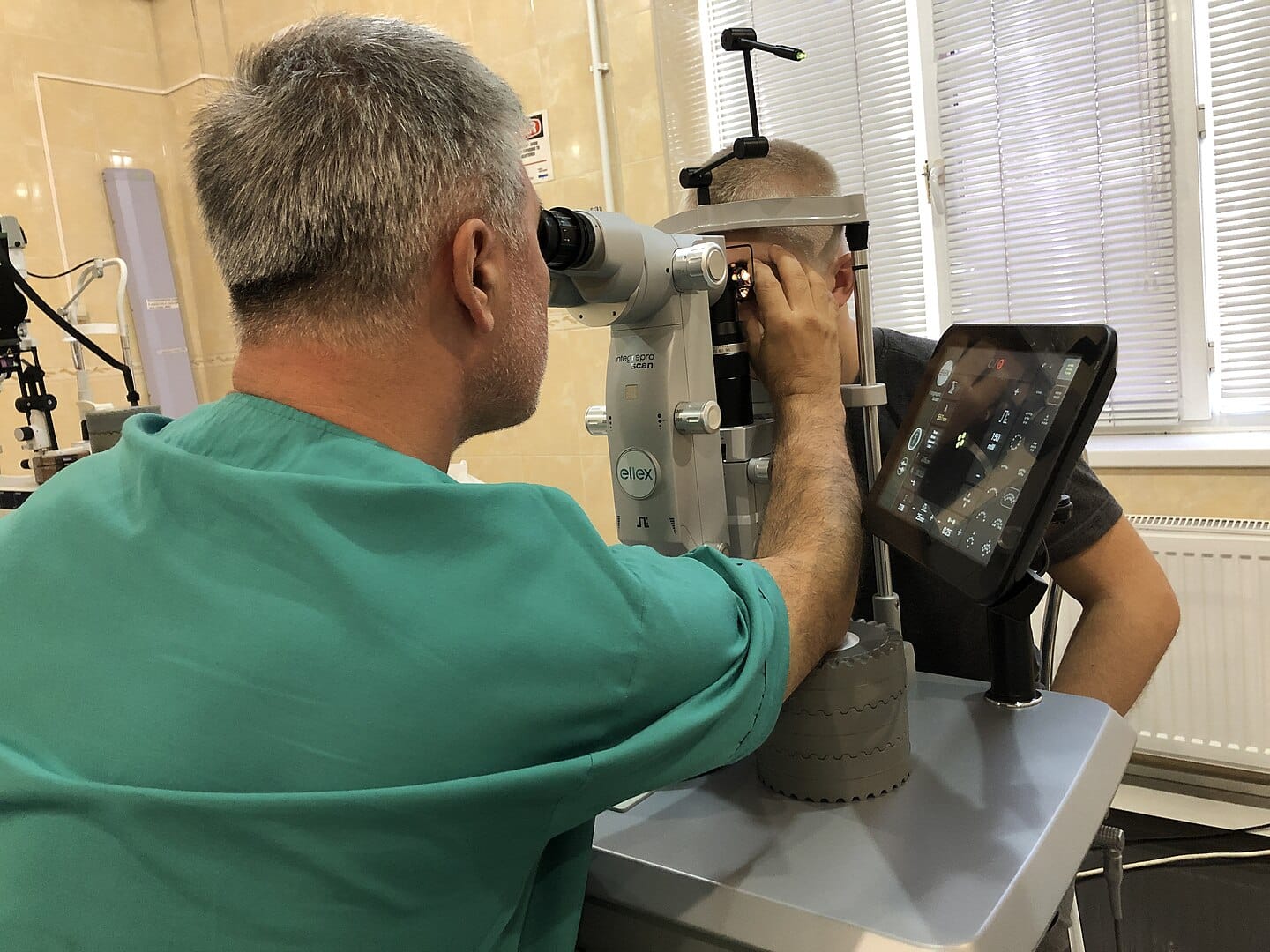

For many individuals affected by diabetes, an unfortunate consequence is the complication of Diabetic Macular Oedema (DMO), a serious eye condition that can lead to significant vision loss if left untreated. This progressive disease, which originates from the swelling of the macula, the part of the retina responsible for detailed central vision, requires proactive management to guard against irreversible damage.
Thankfully, innovations in medical technology and continued research have led to a range of effective treatment options to help manage and often reverse the symptoms of DMO. This article will explore these treatments, providing useful information to help guide you or a loved one through managing Diabetic Macular Oedema.
One of the earliest and conventional treatments for DMO is laser therapy. Focal/grid laser therapy involves targeting laser burns in areas of oedema, which helps to reduce the swelling. However, this procedure might not be suitable if the oedema is too close to the fovea, the most sensitive part of the macula.
Another standard treatment for DMO are intravitreal injections. These injections aim to inhibit vascular endothelial growth factor (VEGF), a protein that promotes the growth of abnormal blood vessels in the eye. Anti-VEGF drugs directly injected into the eye, like Ranibizumab (Lucentis) and Aflibercept (Eylea), have been shown to slow down vision loss and even improve vision in some cases.
Steroid treatments like Fluocinolone acetonide (Iluvien) and Dexamethasone (Ozurdex) can also be effective in treating DMO. These slow-release implants are inserted into the eye and continually treat the oedema over an extended period.
While intravitreal injections offer significant benefits, they can be uncomfortable, necessitate multiple doctor’s visits and carry a risk of infection.
In cases where significant bleeding has occurred or there is severe retinal detachment, vitrectomy may be recommended. This surgical procedure involves the removal and replacement of the vitreous gel from the eye to minimise the harmful impact of leaking blood vessels.
A new, non-invasive treatment for DMO, and diabetic retinopathy, is Noctura 400 low-level light therapy. This innovative and promising approach is delivered through the Noctura 400 sleep mask. The mask emits gentle, low-level light that reduces the retina’s oxygen demand during sleep, preventing hypoxia—a key trigger for retinopathy and subsequent swelling in the macula.
The highlight of this approach is it’s aimed at treating the underlying cause of the disease rather than just the symptoms. Studies have shown that continued use of Noctura 400 has led to stabilised or improved vision, making it a viable option for those looking for non-invasive, at-home treatment.
The best treatment for Diabetic Macular Oedema often depends on the severity of the disease, the patient’s overall health and their personal preference. It’s important to have a detailed discussion with your ophthalmologist who can provide you with personalised advice based on your unique condition.
With advancements in medical technology and understanding of DMO, a majority of those affected can effectively manage their condition, prevent further vision loss, and even see improvements in their vision.
Diabetic Macular Oedema has become a serious challenge for the ever-growing diabetic population, but it’s far from a hopeless situation. By staying informed and proactively managing your condition with the help of medical professionals, you’ll be in the best possible position to maintain your vision and continue enjoying the beauty of the world around you.


